A new milking method developed in Israel uses AI-led robots in a system that places the cow’s comfort and wellbeing at the center of the process. According to the company, the process will ease stress for both animal and farmer, cutting down on expensive manpower and boosting the milk yield.
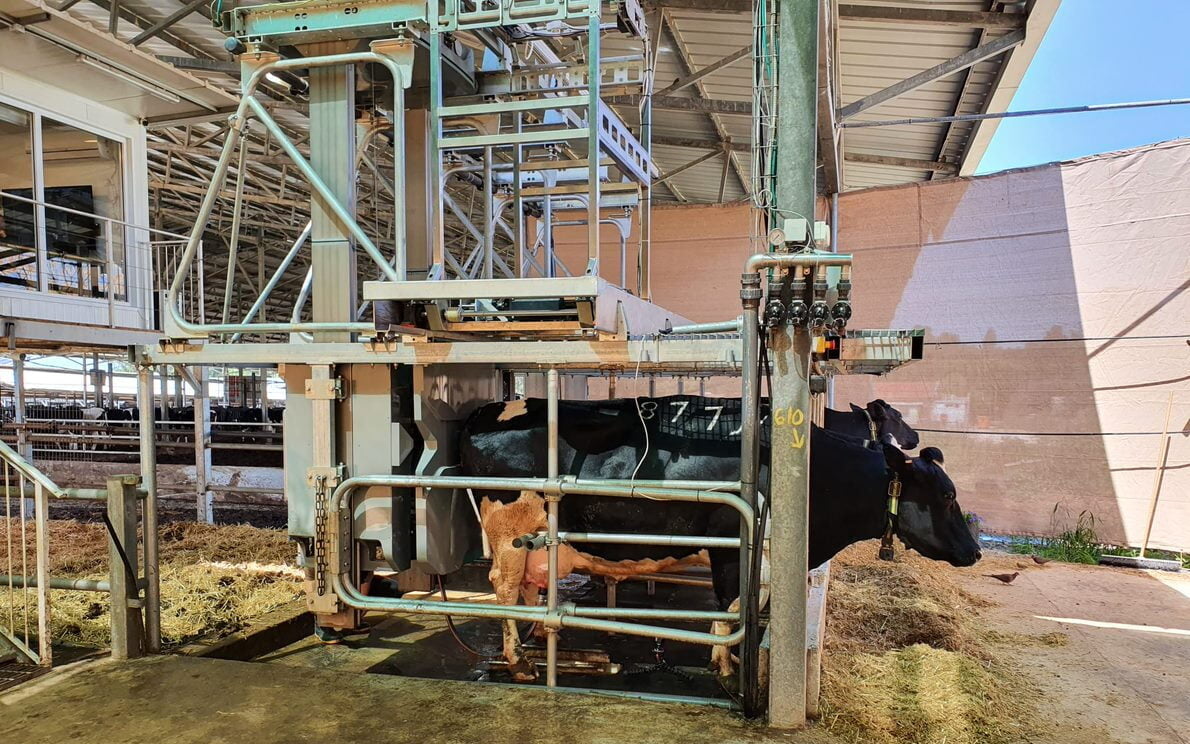
Still in the testing stage, Dairycs’s “Meadow Sense” robots not only milk the cows with specially developed mechanized arms at any time of the day but also use artificial intelligence to track almost every aspect of her wellbeing – from mental and physical health to how much individual udders should be milked at any given session.
The process makes for happier cows, producing more milk of a higher quality, according to Dairycs.
“The revolution is changing the management method and moving from herd level management to an individual level of management. Our system is an AI-based computer system that learns each cow and builds a specific individual profile for each cow that is most suitable for her needs and for capabilities of milk production and age,” Dairycs CEO Jonathan Asher tells NoCamels.
Asher, who co-founded the company with its managing director Eyal Brayer, says that the system makes real-time decisions based on many more parameters than a human can process at once. This means that the farmer can create a specific profile for each cow in the herd and react accordingly.
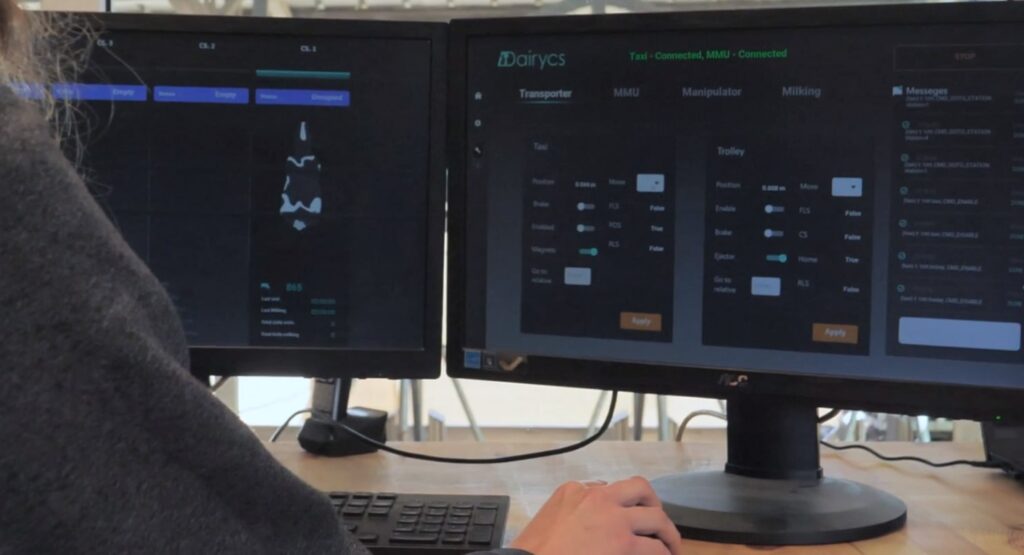
Old Versus New Milking Methods
Most dairy farms milk their cows using one of two standard methods, Asher explains.
The most common is the “parlor method,” in which farmers direct their herd into a large space that contains all their milking equipment three times each day, “in a very strict routine.”
The issue with this method, according to Asher, is that “each session can take up to two hours. The entire routine and lifestyle in the farm is circled around these sessions and it’s not fun for anyone.”
The second most commonly used method is the automatic milking system (AMS), which involves “robotic booths which the cow is supposed to approach voluntarily” and which “milk the cow without human interference,” Asher says.
But like the parlor method, AMS involves herding the animals into an enclosed area for milking – in this case, individual booths.
“There’s no real motivation for the cow to approach these booths,” Asher explains, “so the farmer has to apply heavy manipulation on the cows to force them go through these booths.”
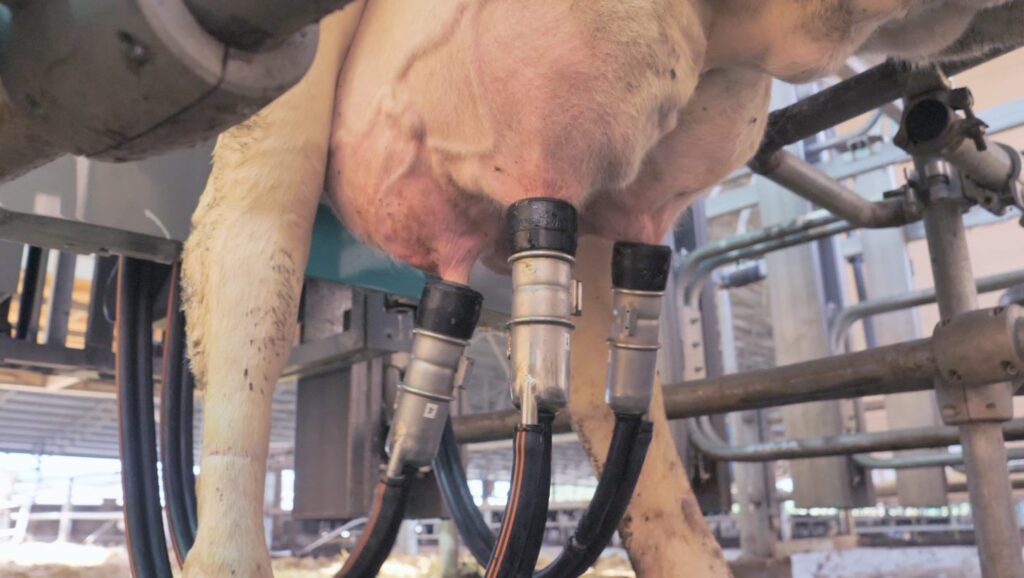
This manipulation includes trying to lure the cows into the booths with food rather than herding them, but, says Asher, “also increases the stress levels on the farm.”
A 2019 Welsh government study found that using food to encourage cows to enter the booths could have an adverse impact on the hierarchy within a herd, particularly for those animals deemed as lower down the social scale and would have to wait to feed.
Dairycs’ solution “is built around the cow’s life,” ASher says, and involves their robots deciding when an animal is ready to be milked and doing so while she eats in her own feeding area – something that can happen up to 10 times a day.
“We realized that there must be a better way, because these two methods are built around the action of extracting the milk from the cow. But that’s not right: If you want to have a successful farm, the key is to provide better life conditions and welfare for the cow,” Asher says.
Healthy Cows, Healthy Profits
Sign up for our free weekly newsletter
SubscribeAsher, who has been working in research and development for more than a decade, says that the proprietary details of Meadow Sense are a closely held company secret. He does explain that the system keeps track of the feeding process and that the algorithms also constantly monitor the health of each animal.
“We monitor the cow the entire time. We know her trends, how many times she approaches to eat, how much food she consumes each meal. And the relation between the food and the milk is linear,” he says.
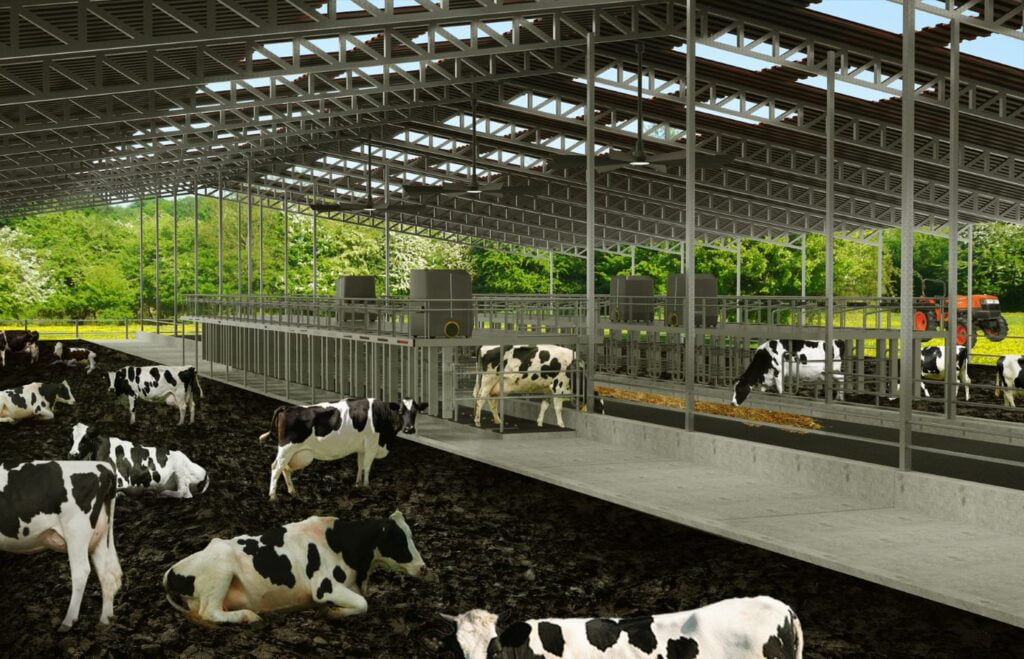
Dairycs also places sensors on each cow “to check for behavioral changes” that could indicate an unhappy or sick animal.
“Farmers lose a lot of money due to health issues,” Asher says. “So we built an algorithm for early detection of teat infections, according to behavior science [used] on the cow. We could actually prevent a lot of infection going to a clinical level and by that reduce production loss for the farmer.”
The first commercial AMS was installed in the Netherlands in 1992 and a 2020 study published by the US government found that switching to an automated system saw milk yield increase by 13 percent.
As well as a focus on cow contentment and milk yield, the Dairycs system also increases profitability by reducing overall costs.
“We reduce the property size, we increase the efficiency and energy usage and increase milk yield, milk quality, cows’ health,” according to Asher.
Robots and cows
The efficiency also includes reducing the workforce as less direct management of the cows is needed – a welcome step given the chronic manpower shortages faced by many agriculturalists around the world.
“The critical problem that all global farmers today have is with labor,” Asher says.
“A lot of farms are being shut down because farmers cannot recruit and retain workers. And this is a huge problem in both the United States and in Europe as well as kibbutzim. Moshav dairy farms are also struggling to keep up because it’s impossible to retain workers,” he says.
Acknowleding the issue, Tanner Ehmke, the lead dairy economist with CoBank, which provides financial services for US agribusinesses, hypothesized in October 2022 that farms are struggling to find workers because they are directly competing for labor with other industries such as construction.
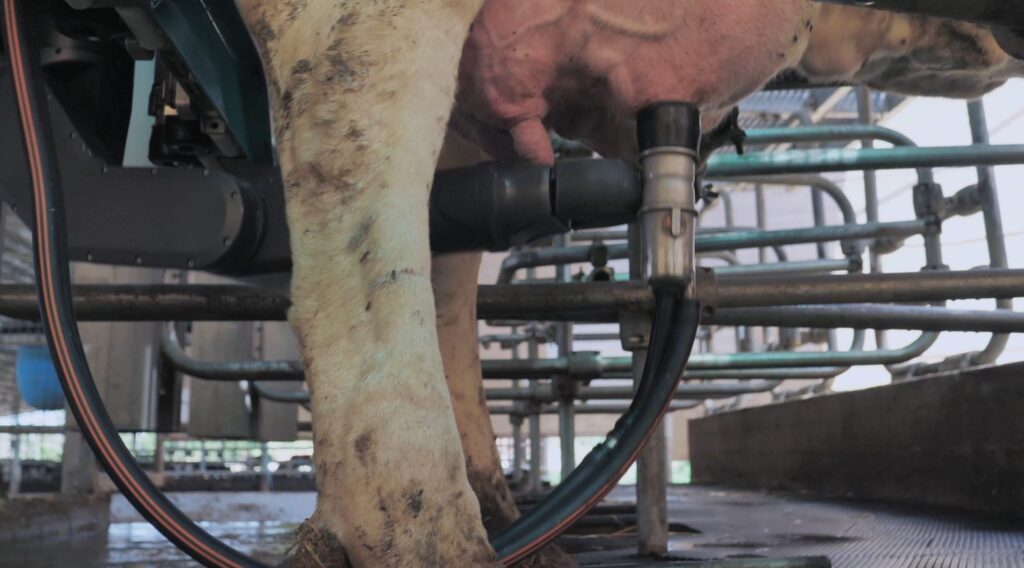
Meadow Sense is still in the testing stage at Kibbutz Eyal in central Israel, which will also be the site for the pilot scheme set to be launched next year. It has already drawn some global acclaim, last year winning the International Dairy Federation award for Innovation in Sustainable Farming Practices – Animal Care.
Asher says he hopes that successful widespread implementation at Eyal will persuade other Israeli farmers to use the system.
Dairycs is unlikely to struggle to find more users for Meadow Sense. Israel is the world leader in milk productivity, with its cows producing an average of 12,000 liters per annum compared to a little over 7,000 liters in Europe. The industry is government regulated in Israel, and uses unique advanced technology for milking and feeding, keeping the cows cool and processing the milk yield.
“Israeli farmers are the best early adopters for technology in the world. Israeli farmers are the number one farmers in the world and the Israeli cow is the number one cow in the world,” Asher says.
Related posts

Editors’ & Readers’ Choice: 10 Favorite NoCamels Articles

Forward Facing: What Does The Future Hold For Israeli High-Tech?

Impact Innovation: Israeli Startups That Could Shape Our Future




Facebook comments